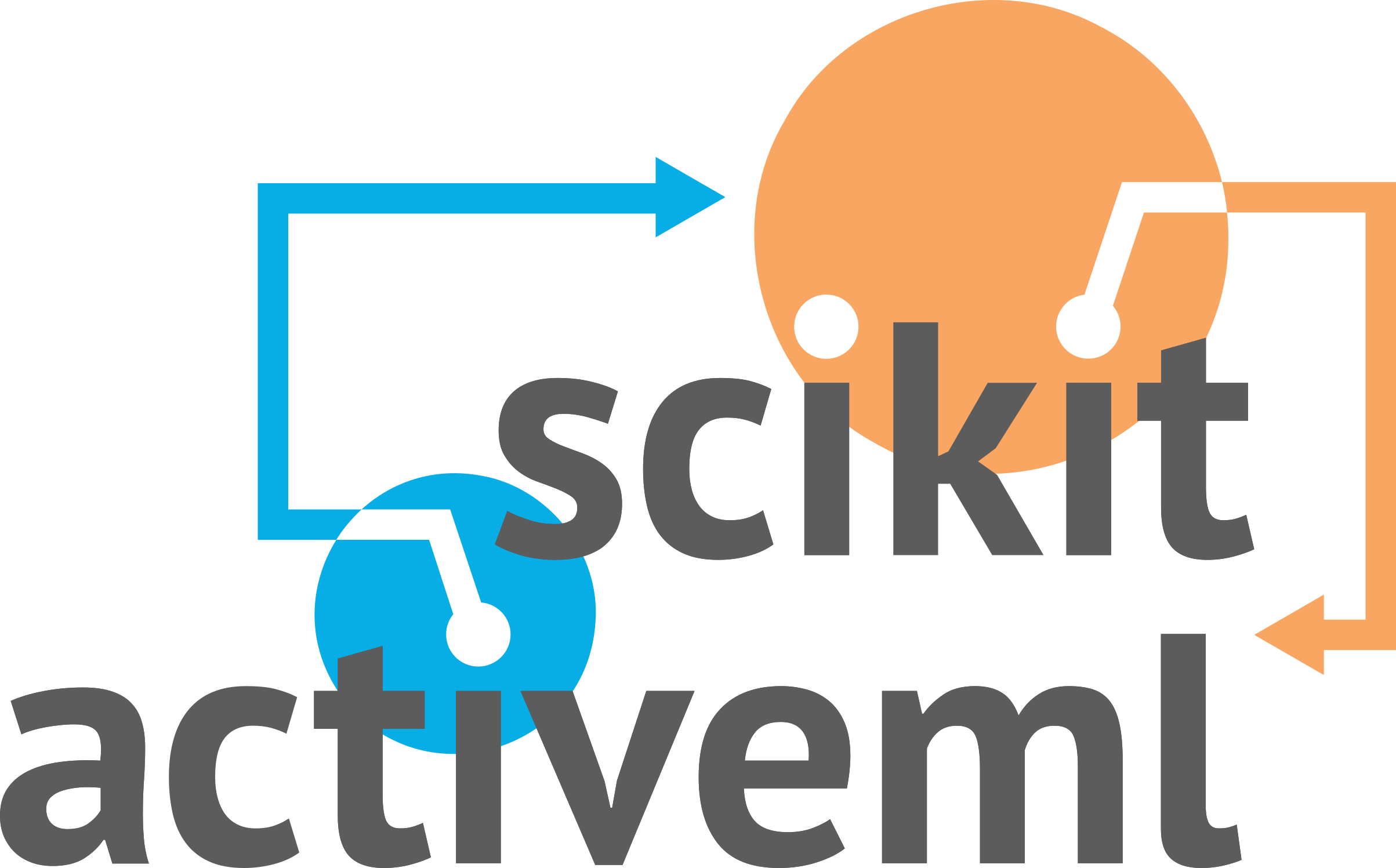"""
Module implementing `Falcun`, which is a deep active learning strategy jointly
selecting uncertain and diverse samples.
"""
import numpy as np
from sklearn.base import clone
from ..base import SingleAnnotatorPoolQueryStrategy, SkactivemlClassifier
from ..utils import (
MISSING_LABEL,
check_scalar,
check_type,
check_equal_missing_label,
)
from ._uncertainty_sampling import uncertainty_scores
[docs]
class Falcun(SingleAnnotatorPoolQueryStrategy):
"""Fast Active Learning by Contrastive UNcertainty (FALCUN)
This class implements the "Fast Active Learning by Contrastive UNcertainty"
(FALCUN) query strategy [1]_, which selects a batch directly in probability
space using a self-adjusting mix of uncertainty and diversity. By operating
only on low-dimensional softmax outputs rather than deep embeddings,
it achieves fast acquisitions while retaining strong label efficiency.
Parameters
----------
gamma : float > 0, default=10
Controls the randomness in the selection. A value of 0 corresponds to
random sampling, while a value going to infinity corresponds to
selecting the sample with the highest utility (relevance).
missing_label : scalar or string or np.nan or None, default=np.nan
Value to represent a missing label.
random_state : None or int or np.random.RandomState, default=None
The random state to use.
References
----------
.. [1] S. Gilhuber, A. Beer, Y. Ma, and T. Seidl. FALCUN: A Simple and
Efficient Deep Active Learning Strategy. In Joint Eur. Conf. Mach.
Learn. Knowl. Discov. Databases, pages 421–439, 2024.
"""
def __init__(
self,
gamma=10,
missing_label=MISSING_LABEL,
random_state=None,
):
super().__init__(
missing_label=missing_label, random_state=random_state
)
self.gamma = gamma
[docs]
def query(
self,
X,
y,
clf,
fit_clf=True,
sample_weight=None,
candidates=None,
batch_size=1,
return_utilities=False,
):
"""Query the next samples to be labeled.
X : array-like of shape (n_samples, n_features)
Training data set, usually complete, i.e., including the labeled
and unlabeled samples.
y : array-like of shape (n_samples,)
Labels of the training data set (possibly including unlabeled ones
indicated by `self.missing_label`.)
clf : skactiveml.base.SkactivemlClassifier
Classifier implementing the methods `fit` and `predict_proba`.
fit_clf : bool, default=True
Defines whether the classifier `clf` should be fitted on `X`, `y`,
and `sample_weight`.
sample_weight: array-like of shape (n_samples,), default=None
Weights of training samples in `X`.
candidates : None or array-like of shape (n_candidates), dtype=int or \
array-like of shape (n_candidates, n_features), default=None
- If `candidates` is `None`, the unlabeled samples from
`(X,y)` are considered as `candidates`.
- If `candidates` is of shape `(n_candidates,)` and of type
`int`, `candidates` is considered as the indices of the
samples in `(X,y)`.
- If `candidates` is of shape `(n_candidates, ...)`, the
candidate samples are directly given in `candidates` (not
necessarily contained in `X`).
batch_size : int, default=1
The number of samples to be selected in one AL cycle.
return_utilities : bool, default=False
If true, also return the utilities based on the query strategy.
Returns
-------
query_indices : numpy.ndarray of shape (batch_size)
The query indices indicate for which candidate sample a label is to
be queried, e.g., `query_indices[0]` indicates the first selected
sample.
- If `candidates` is `None` or of shape
`(n_candidates,)`, the indexing refers to the samples in
`X`.
- If `candidates` is of shape `(n_candidates, n_features)`,
the indexing refers to the samples in `candidates`.
utilities : numpy.ndarray of shape (batch_size, n_samples)
The utilities of samples after each selected sample of the batch,
e.g., `utilities[0]` indicates the utilities used for selecting
the first sample (with index `query_indices[0]`) of the batch.
Utilities for labeled samples will be set to np.nan.
- If `candidates` is `None`, the indexing refers to the samples
in `X`.
- If `candidates` is of shape `(n_candidates,)` and of type
`int`, `utilities` refers to the samples in `X`.
- If `candidates` is of shape `(n_candidates, ...)`, `utilities`
refers to the indexing in `candidates`.
"""
# Check parameters.
X, y, candidates, batch_size, return_utilities = self._validate_data(
X, y, candidates, batch_size, return_utilities, reset=True
)
X_cand, mapping = self._transform_candidates(candidates, X, y)
check_scalar(
self.gamma,
"gamma",
min_val=0,
target_type=(float, int),
min_inclusive=True,
)
check_type(clf, "clf", SkactivemlClassifier)
check_equal_missing_label(clf.missing_label, self.missing_label_)
check_scalar(fit_clf, "fit_clf", bool)
# Fit classifier, if requested.
if fit_clf:
if sample_weight is None:
clf = clone(clf).fit(X, y)
else:
clf = clone(clf).fit(X, y, sample_weight)
# Compute uncertainties via margin sampling (cf. Eq. (1) in [1]).
probas_cand = clf.predict_proba(X_cand)
unc_cand = uncertainty_scores(probas_cand, method="margin_sampling")
# Initialize distances in probability space (cf. Eq. (3) in [1]).
dist_cand = unc_cand.copy()
query_indices = []
utilities_cand = np.full((batch_size, len(X_cand)), np.nan)
cand_indices = np.arange(len(X_cand))
for b in range(batch_size):
if b > 0:
# Update distances (diversity) values in the class probability
# space (cf. Eqs. (2) and (4) in [1]).
probas_q = probas_cand[[query_indices[int(b - 1)]]]
dist_new = np.abs(probas_cand - probas_q).sum(axis=1)
dist_cand = np.minimum(dist_new, dist_cand)
dist_min = dist_cand.min()
dist_range = dist_cand.max() - dist_min
dist_cand -= dist_min
if dist_range > 0:
dist_cand /= dist_range
# Compute relevance scores for candidates (cf. Eq. (5) and
# (6) in [1]).
rel_cand = (unc_cand + dist_cand) ** self.gamma
rel_cand[query_indices] = 0
rel_cand_sum = np.sum(rel_cand)
if rel_cand_sum == 0:
rel_cand = np.ones_like(rel_cand)
rel_cand[query_indices] = 0
rel_cand = rel_cand / np.sum(rel_cand)
# Sample instance to be labeled (cf. Eq. (6) in [1]).
query_idx = self.random_state_.choice(
cand_indices, p=rel_cand, size=1
)
rel_cand[query_indices] = np.nan
utilities_cand[b] = rel_cand
query_indices.append(query_idx[0])
if mapping is not None:
query_indices = mapping[query_indices]
utilities = np.full((batch_size, len(X)), np.nan)
utilities[:, mapping] = utilities_cand
else:
utilities = utilities_cand
if return_utilities:
return query_indices, utilities
else:
return query_indices
